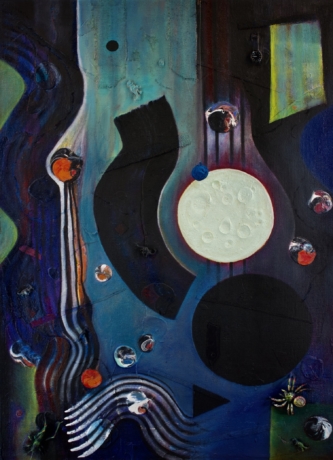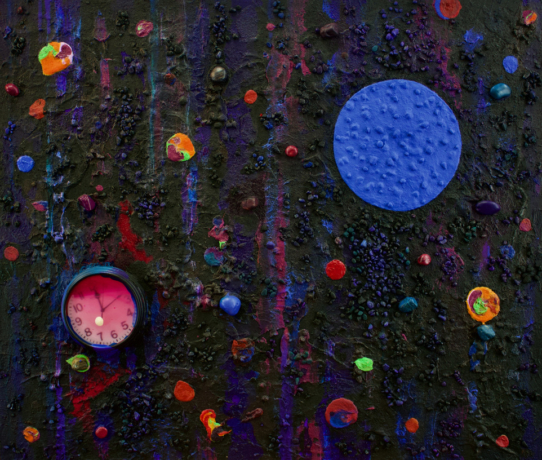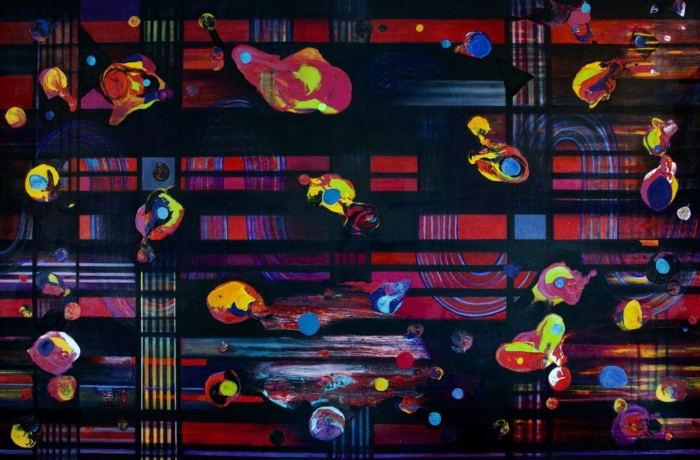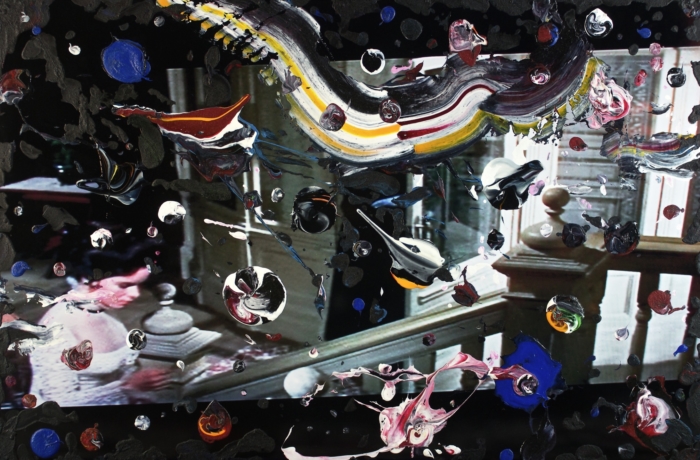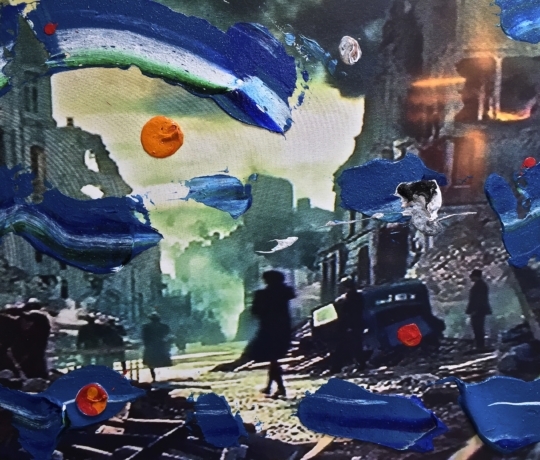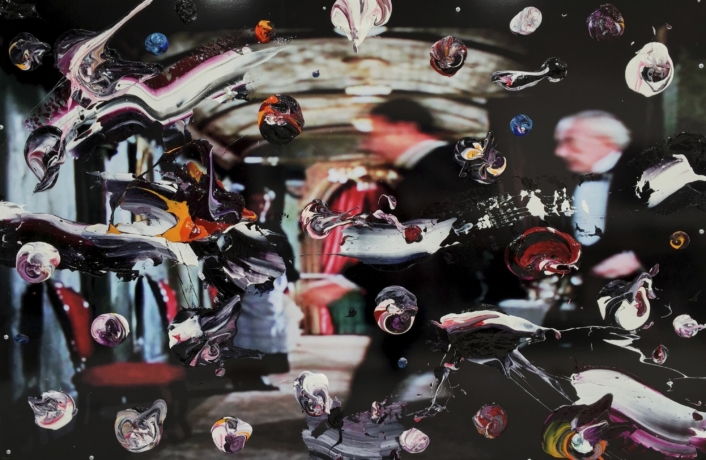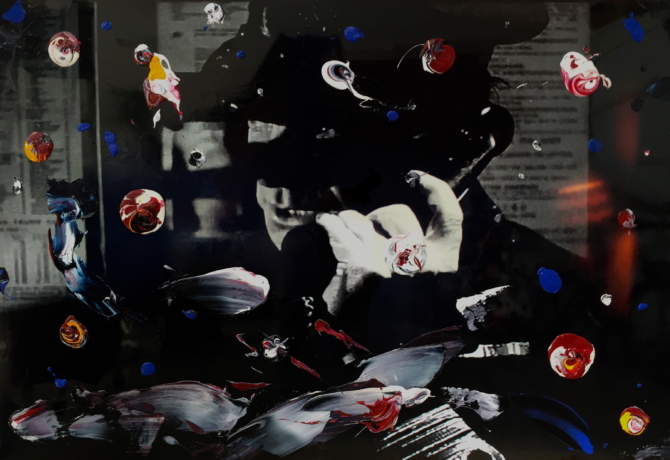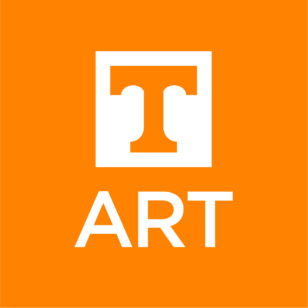RICHARD HEINSOHN Johnson Lowe Gallery Website CV
Nashville, TN | Painting, Mixed Media, Photography
Bio:
Richard Heinsohn was born in The Smoky Mountains of East Tennessee. His mother, Paloma Fleta, emigrated from Spain, giving up a successful career as a pop music singer to escape Franco. She took up painting and became a critical influence on Richard as a child.
Heinsohn holds a B.F.A. in painting and drawing from The University of Georgia in Athens, Georgia, and an MFA from Belmont University in Nashville, Tennessee. Primarily focused on painting and wall reliefs in his early years, his work has more recently evolved to embrace a range of disciplines including photography, sculpture and video. Heinsohn also plays writes and performs music.
In 1986 Heinsohn moved to New York City where he would live and work for fifteen years. In 1989 he gained the attention of renowned art dealer, Allan Stone, who included him in several group shows at Allan Stone Gallery, most notable of which was the Summer Group Show of 1995. In this show Heinsohn was included with Willem de Kooning, Franz Kline, Eva Hess, Richard Estes, Robert Ryman and other notable artists from Allan Stone’s collection.
Allan Stone (1932-2006) well known as one of the world’s premier and most visionary collectors of art, collected Heinsohn's paintings and supported him extensively. Following the passing of Allan Stone, Heinsohn was represented by The Bill Lowe Gallery in Atlanta for twelve years.
Richard currently lives and works in Nashville TN. In 2007 he received the "Critics Pick" from The Nashville Scene for his solo exhibit, The Paradox of Change at Estel Gallery, which included his vibrant, cratered paintings. He was also featured in The Tennessean for this exhibition, which raised questions about destruction, creation and transformation. This marked Heinsohn’s return to painting after several years of composing, recording and performing music. In 2023 he was awarded a full scholarship to the MFA program at Belmont University.
Heinsohn's work includes abstract paintings, wall reliefs, hybrids of painting and photography, drawings, sculptural works, video and soundscapes. He works with burlap, found and appropriated objects and has been noted for his thickly textured, cratered surfaces. Conceptually, his work has consistently addressed deep time with themes of retrospection and ideas of post history. Recent works have specifically focused on anthropogenic transformation and the distant future, exploring deep time through the geological lens. He has also worked extensively with color, texture, illusory space and ambiguity of form in numerous abstract works centered on affect and the experiential as phenomena which trigger imaginative stimulus.
Heinsohn's work has now been shown extensively and included in prominent collections. His paintings and Photo-paintings have been included in shows alongside Thornton Dial, Herbert Creecy, Michael David and others and his short film, Hydroshpere was screened in Nashville’s Microcinema Film Festival in May, 2025. He has been featured in Nashville Arts Magazine, Hyperallergic Magazine, USA Today/ Tennessee, The Nashville Scene and numerous other publications. His work is now included in the permanent collection of CRP, Museum of Modern and Contemporary Art in Toledo, Spain and The Hudson County Foundation Museum in New Jersey.
In the words of USA Today art critic, Melinda Baker, “Heinsohn’s colorful, dynamic paintings synthesize abstract expressionism, surrealism and conceptualism, and draw inspiration from artists like Goya, Rauschenberg and Duchamp to convey a singular astuteness, both aesthetically and conceptually, that grounds his work firmly in the contemporary.”
Statement:
My work is rooted in expressing existential meditations through abstraction. The nature of my art is relational as opposed to demonstrative, inviting the viewer to participate in explication, and in so doing, decentering authorial intentionality. My mind dwells upon the confounding mysteries of temporality as part of the modern sublime, and these concerns drive my imagery into being. Although my focus comes from an existential place, I defer to the inferential capacity of the viewer to engage and speculate on meaning because I’m convinced that the best art experience includes some level of mystery and some sense of discovery. I often approach the human story through the lens of deep time and do this across a range of disciplines including abstract painting, wall reliefs, overpainted photos, sculpture and video.
Much of my work alludes to the climate destruction brought about by unregulated capitalism which has proven to be an explosive catalyst for inequity, political instability, extremism and multiple forms of social injustice. While responding to our complicated place in time as a civilization in turmoil, I also embrace above all else the value of an enigmatic art experience, a psychic journey, a moment of exploration for the mind.
Time has long been a point of fascination for me and shows up in various works. Working with rocks, which I regard as time capsules, provides a means for me to speak of deep time as I include them in various works. I also use parallel lines and stripes to reference geological time, inviting the observation that each striation in a geological formation represents millions of years. The circles in my paintings embody the wheel of time, or Kalachakra, as observed by Vajrayana Buddhism and other ancient belief systems that see time as cyclical rather than linear. These and other temporal associations convey how deep time provides us the perspective to see our own proportionally minuscule place in time and therefore to comprehend our collective vulnerability.
I’m consistently drawn to observing the macro in the micro. I see grids in tree bark and cosmic imagery in rock formations. The thrill that comes from examining these intriguing parallels provides a form of transcendence. Through abstract means, I visually celebrate unknowing as a reservoir for personal growth. I embrace notions of the sublime and the otherworldly as resources for our imaginations to transcend day-to-day routine, to stimulate the psyche. My intention is to elevate the perception of our collective place in space and time so we can see our shared concerns as humanity and behave accordingly, so we might perceive the associations of causation and consequence through time. I believe that art that matters in the future will be that which promotes the expansion of consciousness, the inevitable course of cerebral evolution and higher understanding.
